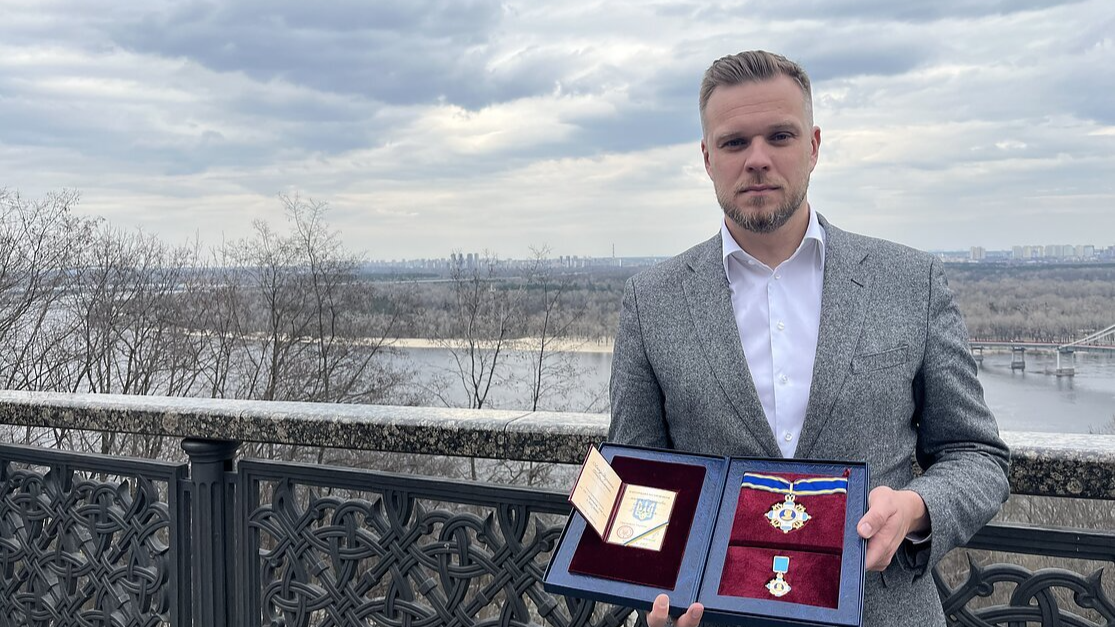On Sunday the Kremlin issued a long-delayed acknowledgment that the Armed Forces of Ukraine (AFU) have made deep advances into the Russian region of Kursk while attempting to reassure its people, and evacuated residents, that Russian forces had the incursion under control.
The region’s governor, Alexei Smirnov, admitted on Sunday that the situation was “difficult,” AFP reported.
JOIN US ON TELEGRAM
Follow our coverage of the war on the @Kyivpost_official.
In a daily briefing from the Russian Ministry of Defense, a spokesperson insisted it had “foiled attempts” by the AFU to “break through deep into Russian territory” using armored vehicles, putting the depth of the incursion at about 20 miles. It referenced battles near Tolpino and Obshchii Kolodez about 30 km (19 miles) from the border.
A Ukrainian official told AFP on condition of anonymity that “The aim [of the Kursk incursion] is to stretch the positions of the enemy, to inflict maximum losses and to destabilize the situation in Russia as they are unable to protect their own border.”
(The Ukrainian official added that Russian claims that Kyiv had deployed 1,000 troops there were greatly underestimated. He said the figure was, instead, in the many thousands of soldiers.)
Now in its sixth day, the Ukrainian invasion across its northeastern border appears to have had the desired result of Moscow scrambling to send reserve troops, machinery, and artillery away from Ukraine’s southern and eastern fronts and toward its towns in Kursk.

Financial Stress Index in Ukraine Lowest Since February 2022
“Strong, dark smoke coming from ZNPP’s northern area”
Meanwhile, President Volodymyr Zelensky blamed Russia for a fire at a cooling tower at the Zaporizhzhia Nuclear Power Plant (ZNPP), saying “Russian occupiers have started a fire” at the plant, accusing them of blackmail. The Kremlin insists that any damage was due to Ukrainian sabotage. Both sides deny that there has been any rise in radiation levels as a result, AFP reported.
The International Atomic Energy Agency (IAEA), which has retained its experts on site, requested that its team get “immediate access to the cooling tower to assess the damage”.
On social media, the IAEA said on Sunday that its on-site inspectors “witnessed strong, dark smoke coming from the ZNPP’s northern area following multiple explosions heard in the evening.”
It added that “No impact has been reported for nuclear safety.”
IAEA experts witnessed strong dark smoke coming from ZNPP’s northern area following multiple explosions heard in the evening. Team was told by ZNPP of an alleged drone attack today on one of the cooling towers located at the site. No impact has been reported for nuclear safety. pic.twitter.com/pZ0VGRZtbf
— IAEA - International Atomic Energy Agency ⚛️ (@iaeaorg) August 11, 2024
Fighting and bombardment on the Dnipro River claims a small Greek Orthodox parish
“Today our small church was hit by an enemy missile,” said Igor Makar, pastor of a small Greek Orthodox Church in the Kherson region on Sunday.
“The parish of St. Cyprian and Martyr Justine [has] ceased to exist. It was destroyed by an enemy missile,” Makar said.
On Friday, two days before the missile strike, Makar said, a Russian drone also dropped ordnance that nearly engulfed the church in flames, but residents put out the fire.
On Sunday, one civilian was killed and at least eight injured in Antonivka amid Russian bombardment and drone attacks.
The town of Antonivka, on the right bank of the Dnipro River, has seen near-constant combat and bombing for about two years.
“I urge all people of goodwill to pray for Antonivka, which is located on the charming river, the Dnipro,” Makar posted.
Ballistic missiles hit unspecified infrastructure in Sumy and Odesa regions
As air raid sirens in the capital and regions across Ukraine warned of incoming missiles late Sunday night, explosions were registered in the northeastern Sumy region and the Black Sea region of Odesa.
The military administration of Sumy on Sunday announced that Russian units had launched air-to-surface missiles that struck infrastructure facilities in the area, but details of the targets were not immediately released.
“Enemy forces carried out an air-to-surface missile strike on infrastructure facilities in the Sumy district today, on 11 Aug.,” the administration posted online. “Emergency response services have been deployed to the site of the attack. Repair work is currently underway.”
“The full extent of the effects of the attack has yet to be confirmed,” it wrote.
Toddler and his father may have been killed by North Korean missiles in Kyiv, Zelensky notes
A four-year-old and his father were killed by Russian air strikes, President Zelensky said in an online posting on Sunday, describing more than 800 bombs and missiles targeting Ukraine over the week, some of which had evidently been provided by Pyongyang.
“This week alone, the Russian military has launched more than 30 missiles and over 800 guided aerial bombs,” he wrote. “The Russians have no geographical restrictions on the use of such weapons—since the first days of the full-scale war, the entire territory of our state has been under constant threat of attack.”
He specified that a father and his four-year-old son were killed in an attack targeting the capital in which a 12-year-old boy was also injured.
“According to preliminary information, the Russians used a North Korean missile in this attack—yet another deliberate terrorist strike against Ukraine.”
Last night, a father and his young son, just four years old, were tragically killed in the Kyiv region by a Russian strike. My deepest condolences to their family and loved ones. Three other people were injured, including a 12-year-old boy. According to preliminary information,… pic.twitter.com/xejWgdyQbf
— Volodymyr Zelenskyy / Володимир Зеленський (@ZelenskyyUa) August 11, 2024
You can also highlight the text and press Ctrl + Enter









